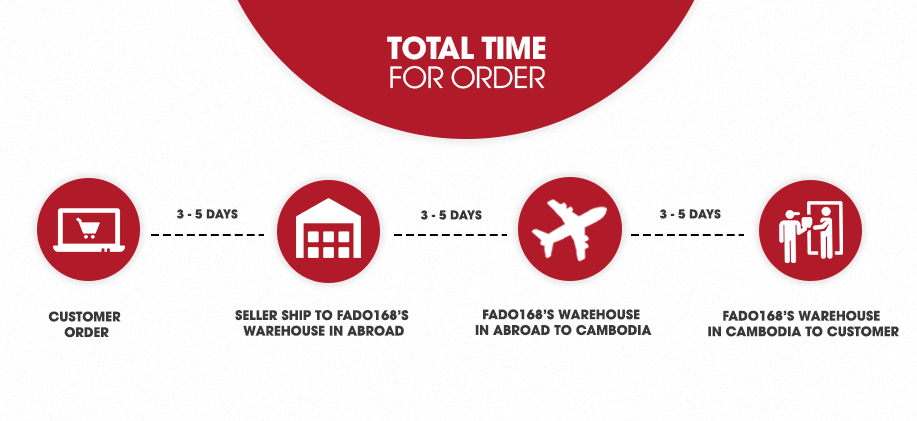By the end, you’ll understand what happens behind the scenes when you run a command, so you can better predict the results (and not develop superstitions). You’ll see a dozen different methods for launching commands and learn when to use each one for best advantage. You’ll also learn practical tips and tricks to make you more productive, such as:
- Building complex commands out of simpler ones, step-by-step, to solve real-world problems, such as managing passwords or generating ten thousand test files
- Saving time by organizing your home directory intelligently so you don’t have to hunt for files
- Transforming text files and querying them like databases to achieve business goals
- Controlling point-and-click features of Linux from the command line, such as copying and pasting with the clipboard, and retrieving and processing web data, without lifting your hands from the keyboard
Most of all, you’ll learn general best practices so no matter which commands you run, you can become more successful in everyday Linux use and more competitive on the job market. This is the book I wish I had when I learned Linux.
What This Book Is Not
This book won’t optimize your Linux computer to make it run more efficiently. It makes you more efficient at interacting with Linux.
This book is also not a comprehensive reference for the command line—there are hundreds of commands and features that I don’t mention. This book is about expertise. It teaches a carefully selected set of command-line knowledge in a practical order to build your skills. For a reference-style guide, try my previous book, Linux Pocket Guide (O’Reilly).


